The following method of registration of point sets is part of many publications so only a short summery is given here. The complete algorithm was published 1992 first and can be found, e.g., in[2]. The method is called Iterative Closest Points (ICP) algorithm.
Given two independently derived set of 3D points, ![]() (model set,
(model set,
![]() ) and
) and ![]() (data set,
(data set, ![]() ), which correspond to
a single shape, we want to find the transformation consisting of
a rotation
), which correspond to
a single shape, we want to find the transformation consisting of
a rotation ![]() and a translation
and a translation ![]() which minimizes the
following cost function:
which minimizes the
following cost function:
The ICP calculates iteratively the point correspondences. In each
iteration step the algorithm selects the closest points as
correspondences and calculates the transformation ![]() for Eq. (1). It is shown that the iteration terminates
in a (local) minima[2]. The assumption is that in
the last iteration step the point correspondences are correct.
for Eq. (1). It is shown that the iteration terminates
in a (local) minima[2]. The assumption is that in
the last iteration step the point correspondences are correct.
In each iteration the transformation is calculated by the
quaternion based method of Horn[5]. A unit
quaternion is a 4 vector
![]() , where
, where
![]() . It describes a
rotation axis and an angle to rotate around that axis. A
. It describes a
rotation axis and an angle to rotate around that axis. A ![]() rotation matrix
rotation matrix ![]() is calculated from the unit
quaternion according the the following scheme:
is calculated from the unit
quaternion according the the following scheme:
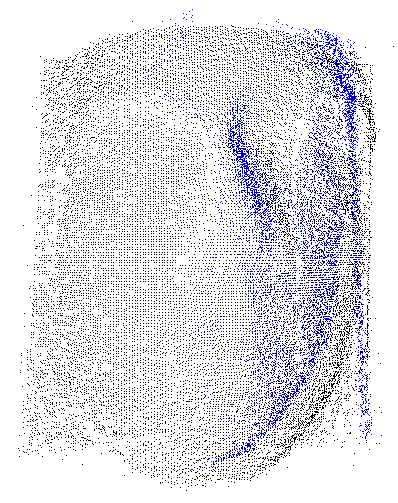
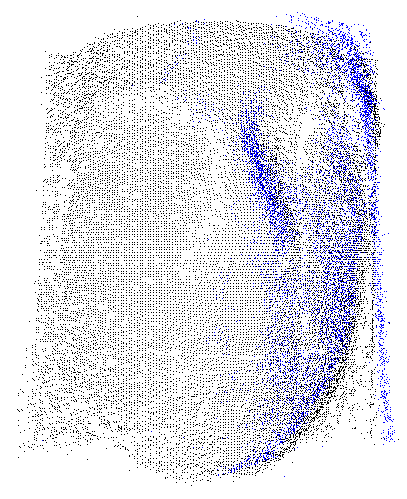
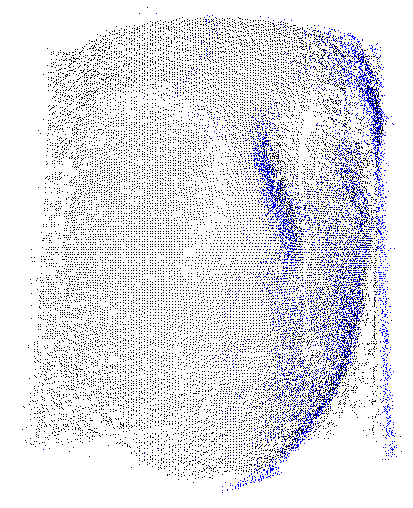
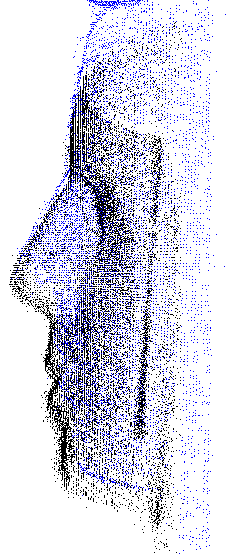
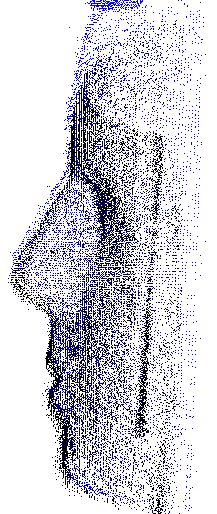
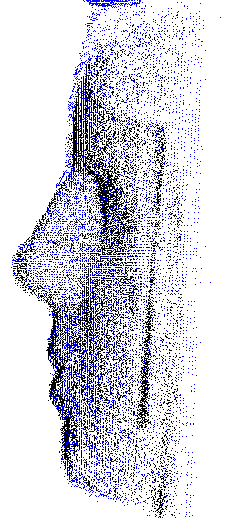
|